Fort Santiago things to do, attractions, restaurants, events info and trip planning
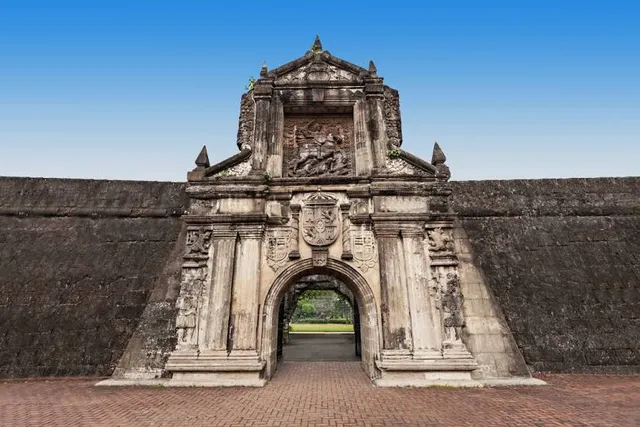
Basic Info
Fort Santiago
Intramuros, Manila, 1002 Metro Manila, Philippines
4.5(5.1K)
Open 24 hours
Save
spot
spot
Ratings & Description
Info
Fort Santiago, built in 1571, is a citadel built by Spanish navigator and governor Miguel López de Legazpi for the newly established city of Manila in the Philippines. The defense fortress is located in Intramuros, the walled city of Manila. The fort is one of the most important historical sites in Manila.
Cultural
Outdoor
Family friendly
attractions: Rizal Shrine, The Dungeons of Fort Santiago, Plaza de Armas, Plaza Moriones, The Manila Cathedral, Baluarte de San Miguel, Ruins of the American Barracks, Museo de Intramuros, San Agustin Church, Bahay Tsinoy, Museum of Chinese in Philippine Life, restaurants: Greenwich - Intramuros, Jollibee, Chowking, KFC, Pares Kimchi - Intramuros, Grotto Hookah Lounge, Barbara's Heritage Restaurant, Ying Ying Tea House, Zucchero Cafe, Dexter Pizza Intramuros
 Learn more insights from Wanderboat AI.
Learn more insights from Wanderboat AI.Phone
+63 2 8527 3155
Website
visitfortsantiago.com
Plan your stay

Pet-friendly Hotels in Manila
Find a cozy hotel nearby and make it a full experience.

Affordable Hotels in Manila
Find a cozy hotel nearby and make it a full experience.
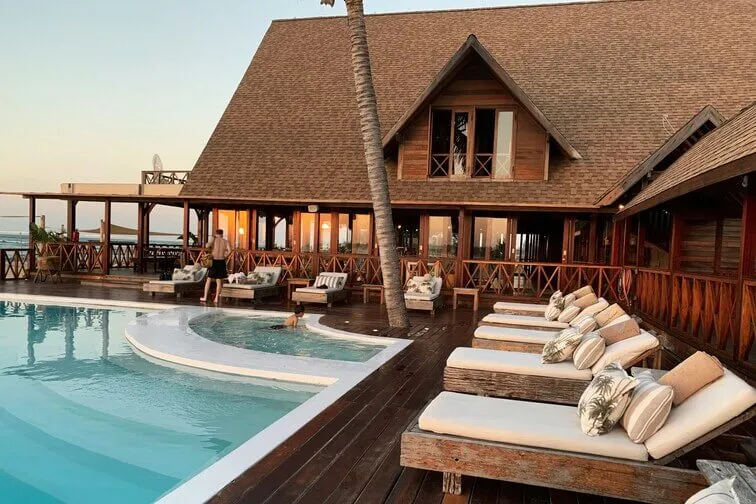
The Coolest Hotels You Haven't Heard Of (Yet)
Find a cozy hotel nearby and make it a full experience.

Trending Stays Worth the Hype in Manila
Find a cozy hotel nearby and make it a full experience.
Reviews
Nearby attractions of Fort Santiago
Rizal Shrine
The Dungeons of Fort Santiago
Plaza de Armas
Plaza Moriones
The Manila Cathedral
Baluarte de San Miguel
Ruins of the American Barracks
Museo de Intramuros
San Agustin Church
Bahay Tsinoy, Museum of Chinese in Philippine Life
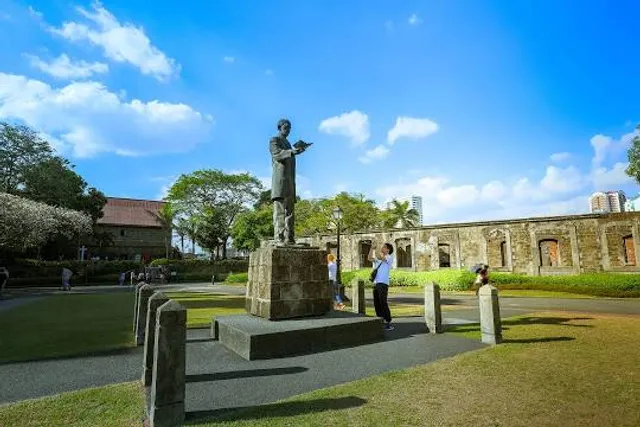
Rizal Shrine
4.7
(148)
Open 24 hours
Click for details
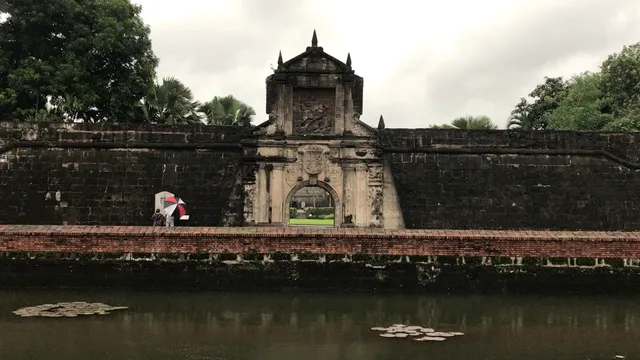
The Dungeons of Fort Santiago
4.6
(97)
Open 24 hours
Click for details
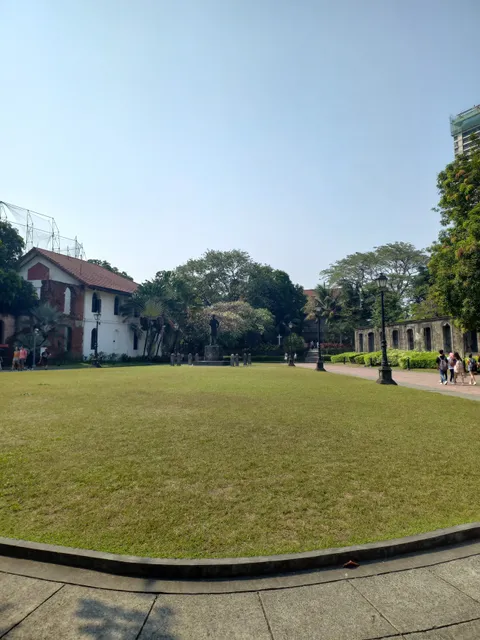
Plaza de Armas
4.5
(18)
Open 24 hours
Click for details
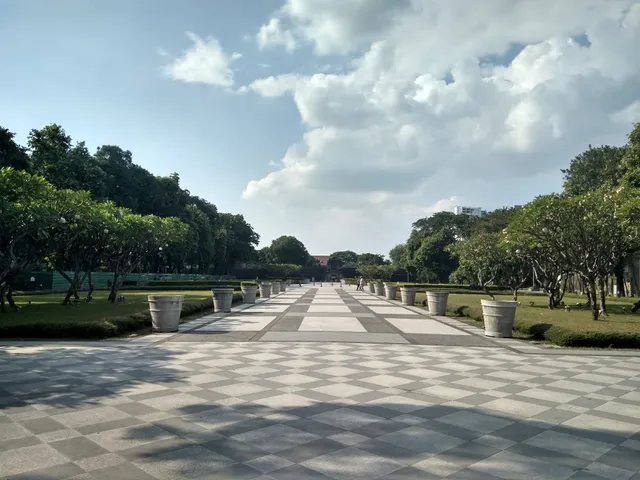
Plaza Moriones
4.4
(65)
Open 24 hours
Click for details
Things to do nearby
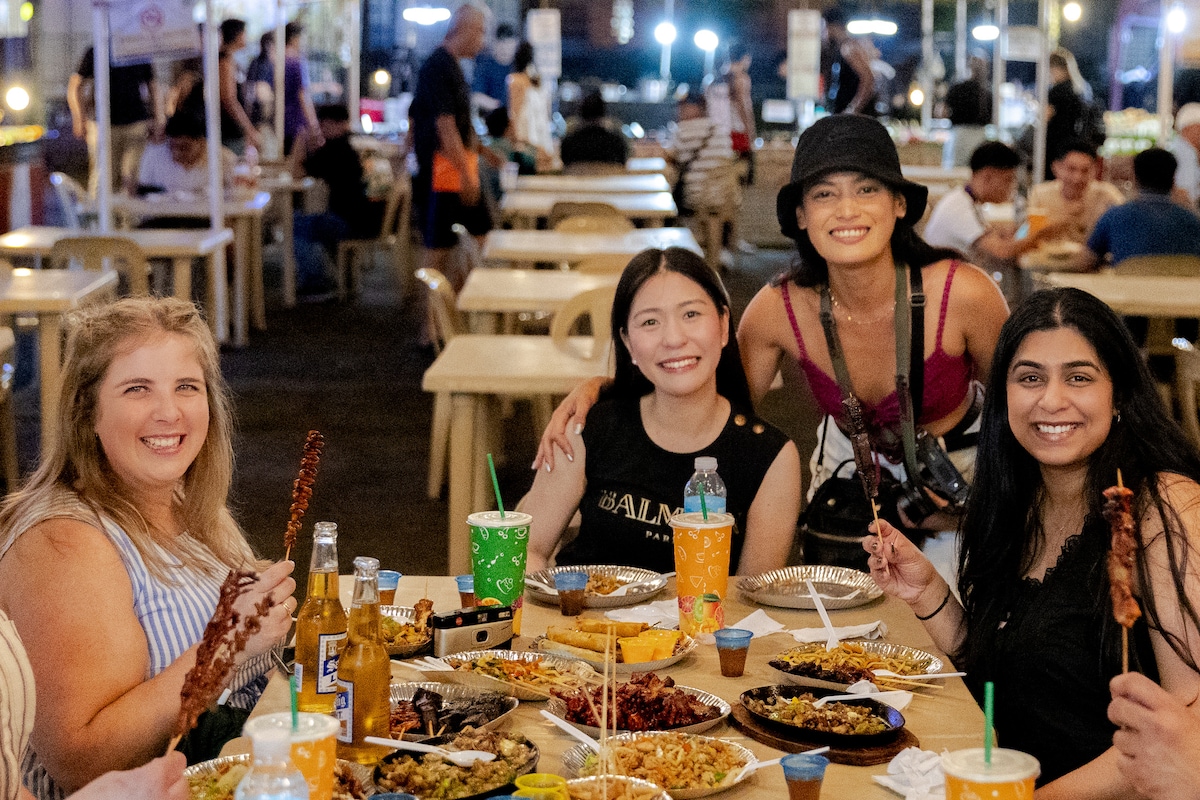
Makati Street Food Experience End in a Rooftop Bar
Mon, Dec 22 • 6:00 PM
Makati, 1210, Metro Manila, Philippines
View details
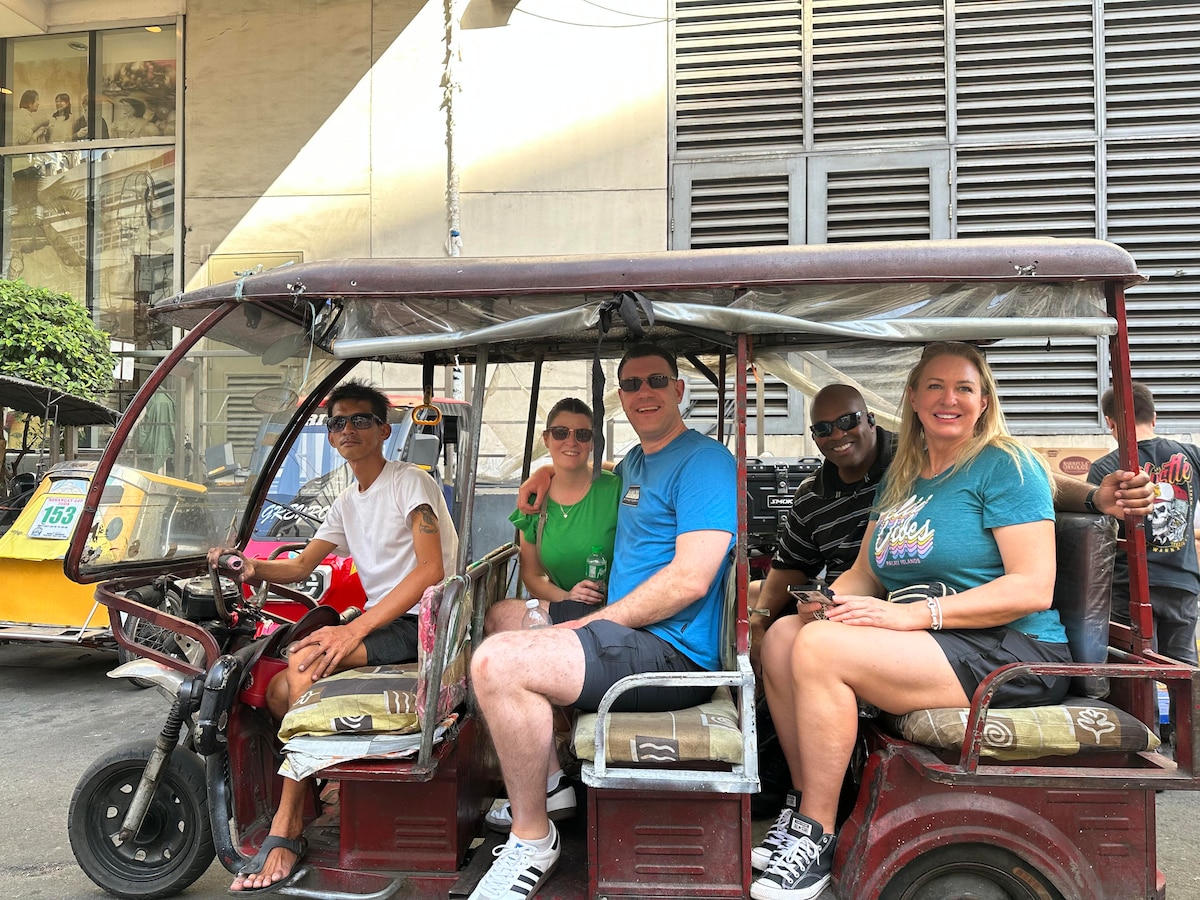
Discover the Real Manila with Tuktuk and Jeepney
Tue, Dec 23 • 8:00 AM
Manila, 1012, Metro Manila, Philippines
View details
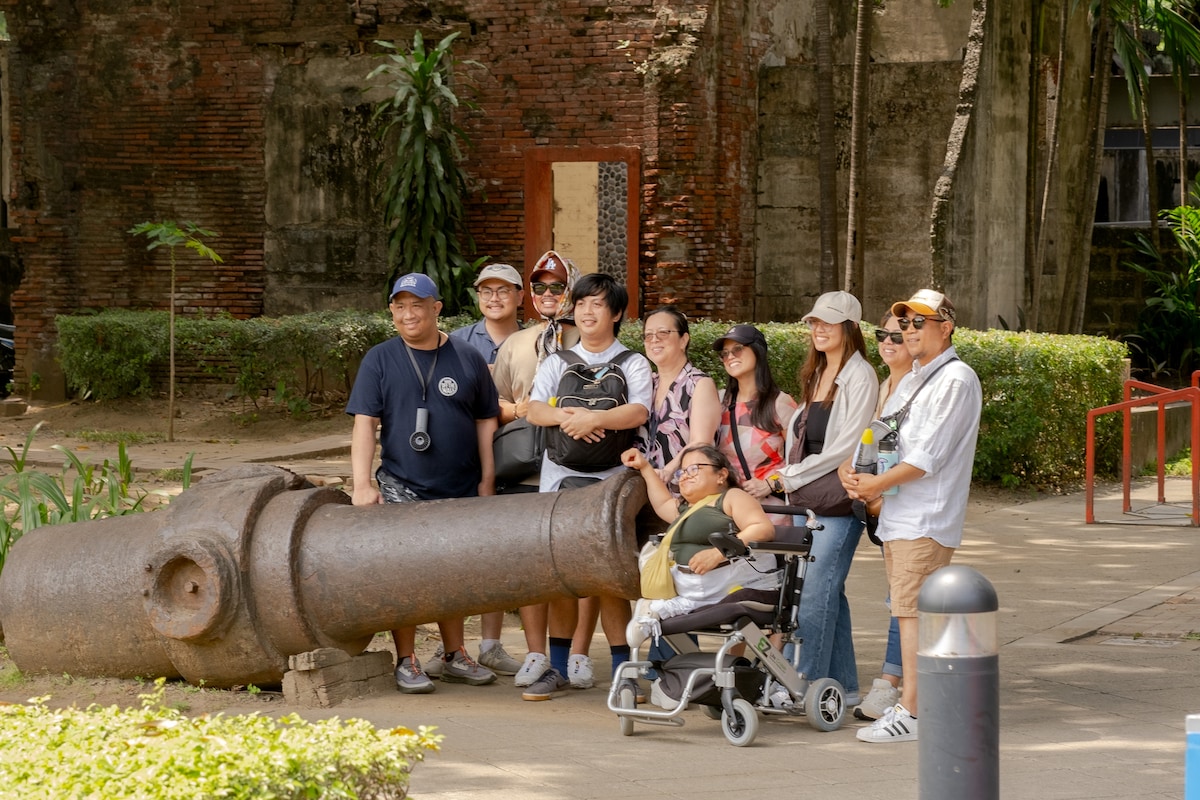
Explore Intramuros with Local Guide
Tue, Dec 23 • 9:00 AM
Manila, 1002, Metro Manila, Philippines
View details
Nearby restaurants of Fort Santiago
Greenwich - Intramuros
Jollibee
Chowking
KFC
Pares Kimchi - Intramuros
Grotto Hookah Lounge
Barbara's Heritage Restaurant
Ying Ying Tea House
Zucchero Cafe
Dexter Pizza Intramuros
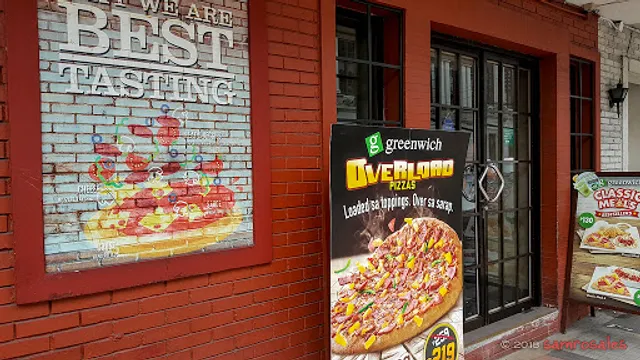
Greenwich - Intramuros
3.6
(62)
Click for details
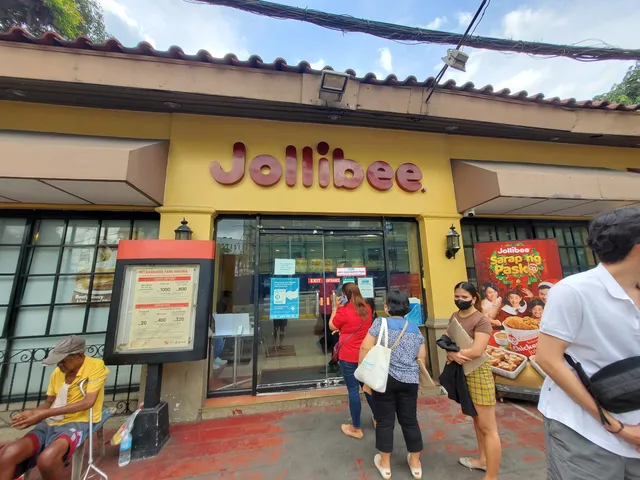
Jollibee
3.8
(387)
Click for details
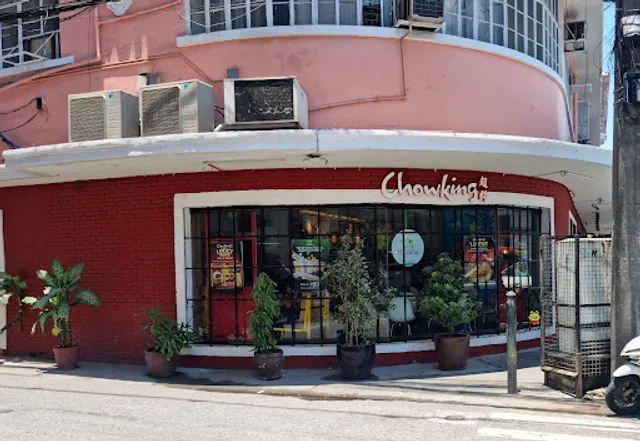
Chowking
4.2
(136)
Click for details

KFC
3.6
(179)
Click for details





